Rum Ration: The Complete History Behind "the Daily Tot"
 Would you like to work someplace where you could drink on the job?
Would you like to work someplace where you could drink on the job?
If you were a sailor for the British Royal Navy between 1655 and 1970, drinking on the job was the norm. Known as the "daily tot," this rum ration was distributed to all seafaring men.
How did this (rather wonderful) tradition get its start? What was its purpose? And why did it end?
Pour yourself a drink and set sail with us on this fascinating voyage into the history of rum rations.
A Brief History of the Rum Ration
The idea of daily alcohol rations might seem bizarre, but remember that at many points in history water was not always available or safe to drink.
This was especially true on long voyages at sea, when water supplies could turn rancid (or run out). A gallon of beer was the original rationed drink for sailors, but it too could spoil easily at sea.
Around 1655, many ships switched over to rum rations instead. It didn't rot inside barrels and also didn't take up as much room as beer, freeing precious space for cargo.
So What's a Daily Tot?
Life at sea was challenging, so we can only imagine how much those hard-working sailors looked forward to their daily rum ration.
Between 11 am and noon, a call of "Up Spirits!" would echo through the ship. This was the signal for all men to gather on deck to receive their "daily tot" of rum.
In 1740, Admiral Edward Vernon introduced a concoction of watered-down rum mixed with sugar and lime juice. This "grog" was supposed to reduce drunkenness, but many sailors saved their rations for drinking sprees.
And yes, this is where we get the term "groggy" to describe that fuzzy-headed feeling after a night of drinking.
Fun trivia fact: The officer in charge of distributing the rum ration was known as the purser. Mispronunciations of the name led to calling the rum "Pusser's," making it the precursor to the award-winning rum you know and love today.
The Day Rum Rations Ended
The rum ration tradition survived Caribbean conquests, the settlement of the Americas, and two World Wars.
By the 1960s, technology on naval vessels had advanced to include complex machinery. Operating these delicate systems while under the influence of alcohol was no longer considered safe.
On July 31, 1970, now known as Black Tot Day, naval sailors enjoyed their last daily tot ration. Many wore black armbands and poured their ration into the sea as a symbolic "burial" of the much-loved tradition.
Pusser's Rum: Ready for Your Daily Tot?
The rum ration was a practice that spanned over 300 years of naval history.
It kept morale high among sailors—and we're sure a few tears were shed when they drank their final ration on Black Tot Day.
Luckily, we here on land aren't under any restrictions when it comes to rum rations. (You can even have your rum cake and eat it too.)
If all this talk of rum is making you thirsty, you're in luck. We're here to quench your thirst with our collection of smooth, delicious rums.


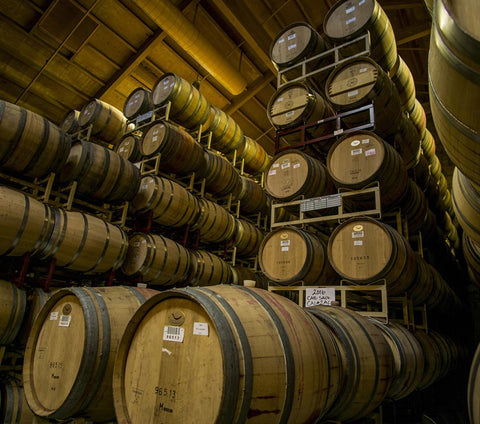
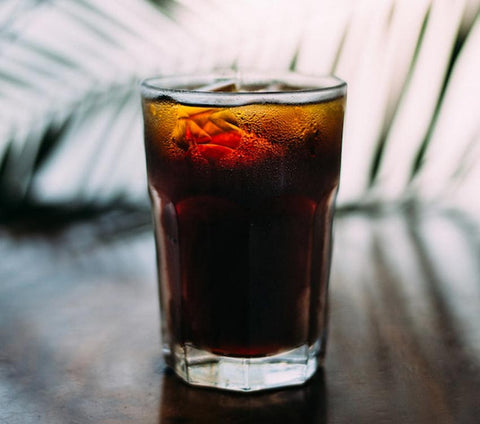

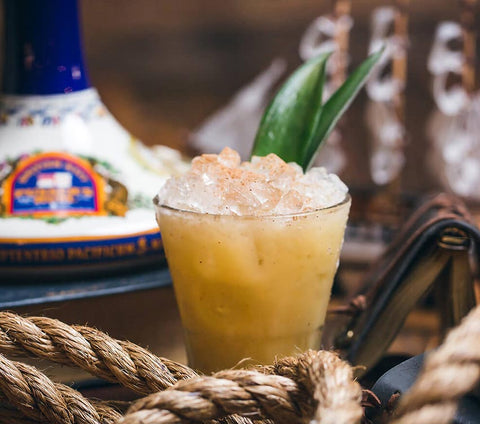
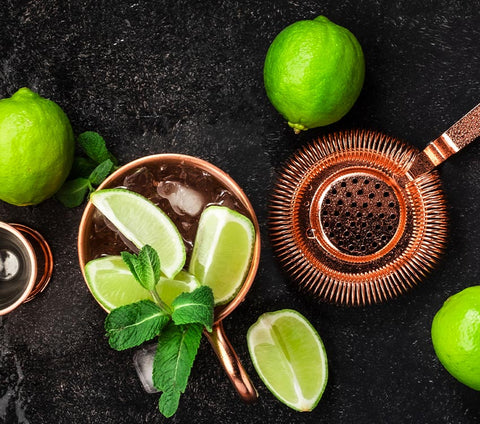
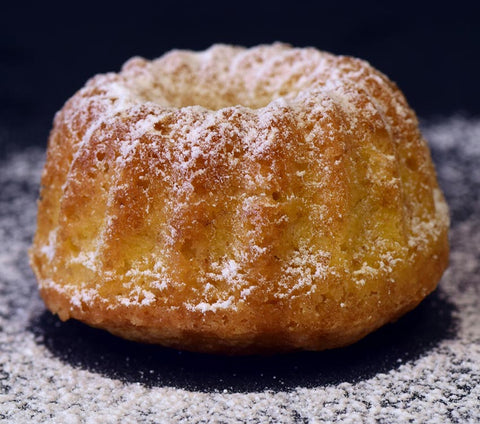
I remember that the tot was used as currency for favors etc.. you could have “sippers” or “gulpers” depending on the size of the favor
It was watered so it could not be saved . I remember having sippers of my brothers neat tot and that it warmed me for some time. Good times!!!
In 1740, Admiral Edward Vernon ordered that lower ranking men be issued their rum watered down to ‘lessen the effects’ of the alcohol. The sailors had long called the Admiral ‘Old Grog’ due to his coat of grogram cloth, a coarse fabric made of silk combined with mohair or wool and stiffened with gum. The weakened rum abomination became known as grog.
And by the way the reason rum was issued at all, and at lunch time, was to lessen the effects of sea-sickness so that crew could stomach food in a rolling sailing ship. This was the reason for the rum issue. From the 1970s ships were fitted with stabilisers which stabilised ships for missile guidance systems. Hence the requirement to suppress sea sickness at lunchtime disappeared.
I enjoyed you article on the History of the Daily Tot.
However, you did not mention the tradition of “Splice the Mainbrace” and that ‘extra’ tot of finest.
Leave a comment